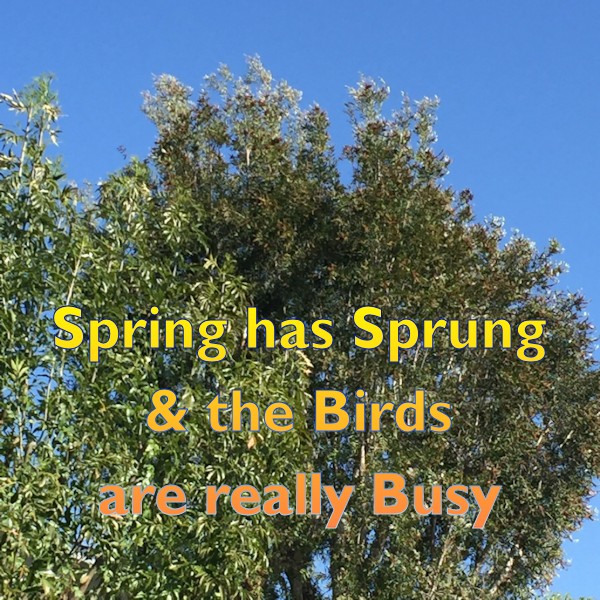Outside a cacophony of birds outside loudly pronounce that they have important work to do, nests to build, eggs to lay, offspring to bring into the world. Spring has sprung. The sun is bright. The season of rebirth is here. Hypomania is officially here, as well, folks. Yes, I have concurrent bipolar disorder and seasonal affective disorder. In spring, I ramp. Ramp I do indeed. Perhaps it’s a good time to visit my psychiatrist. Perhaps I do not need to take an antidepressant on top of my mood stabilizer now.
Near midnight, I resort to taking clonazepam to fall asleep. In fact, just one dose won’t do it at times like this. I lie in bed, then take a second pill, the bottle of which I keep bedside for just this purpose. I even chew the pills so that I don’t have to wait for my stomach to digest them. I want sleep. I need sleep. I beg the mucus membranes in my mouth to quickly absorb the medication into my bloodstream. Then, I lie in bed some more, mind hyper-alert, body fatigued, and finally go to the medicine cabinet to add melatonin and antihistamines to the mix, hoping that now I can somehow turn off that brain and rest. Past midnight, my mind is wide awake thirsting to get back online and work, which does not help, not at all.
To top things off, tomorrow – Tuesday morning – I have a Social Security Disability Mental Status Exam. Oh, joy. Yes, I am anxious. Crap. Very anxious.
Worst of all and perhaps what I should have led with, one of my brother-in-laws is fighting for his life and perhaps losing the battle against lung cancer. He is still in his 50s. He is one of my husband’s two older fraternal twin brothers, both once Marines. My husband has always looked up to his older brothers and turned to them for advice on how to fix things. They looked out for him when he was a kid. My heart goes out to my husband who is in great pain. Someone he loves dearly is dying, will be entering hospice care soon, and he can do nothing to fix it, to make his brother’s pain and cancer go away. I can do nothing to fix it. All we can do is love, pray, and reach out to share that love and those prayers.
September 2013, I started writing this blog when my father in law was hospitalized for sepsis. We almost lost him, but he is still with us today, thank God. Crisis, my inability to do anything to help with the crisis – aside from loving my husband and praying – triggered my hypomania then.
Now, a little technical know-how on the seasonal triggers of mood cycling:
Is seasonal affective disorder a bipolar variant?
Seasonal affective disorder (SAD) is an umbrella term for mood disorders that follow a seasonal pattern of recurrence. Bipolar I disorder (BD I) or bipolar II disorder (BD II) with seasonal pattern (BD SP) is the DSM-IV-TR diagnosis for persons with depressive episodes in the fall or winter and mania (BD I) or hypomania (BD II) in spring or summer.1
Table 1: DSM-IV-TR criteria for seasonal pattern specifier*
Table 2: Physiopathologic findings and clinical management for SAD vs BD


